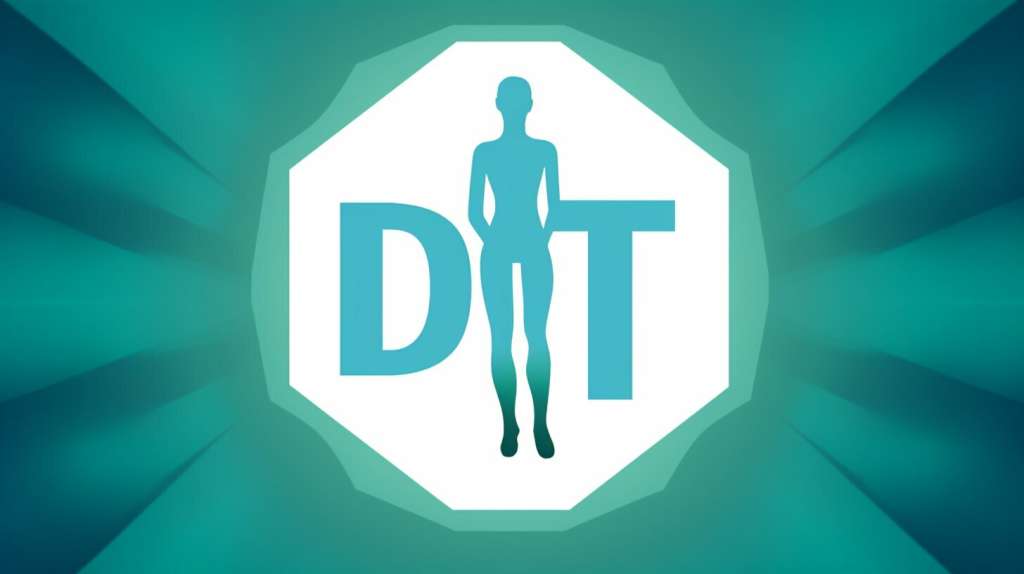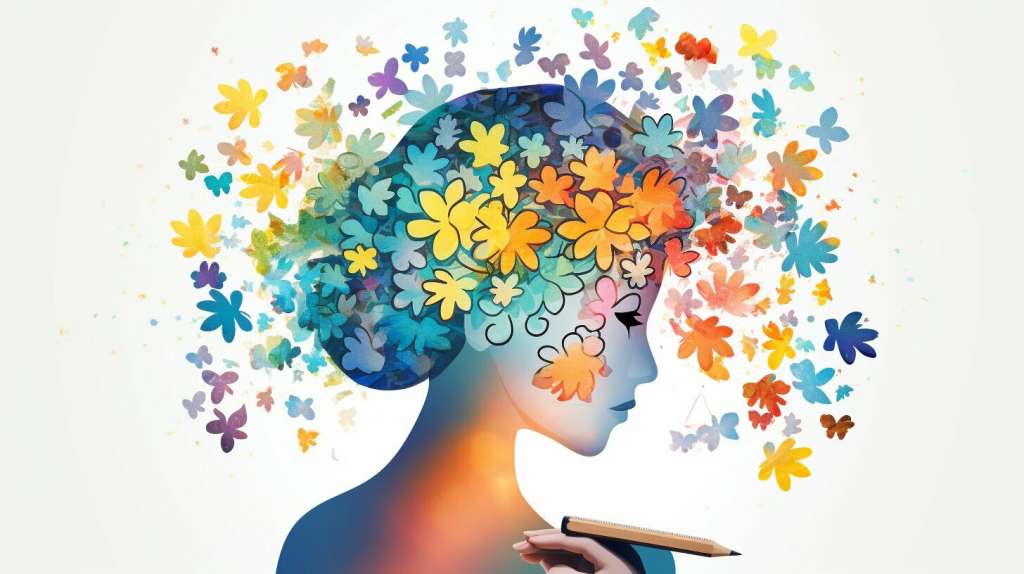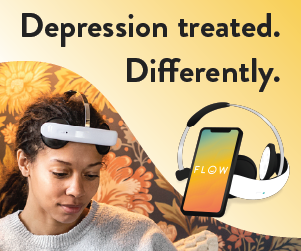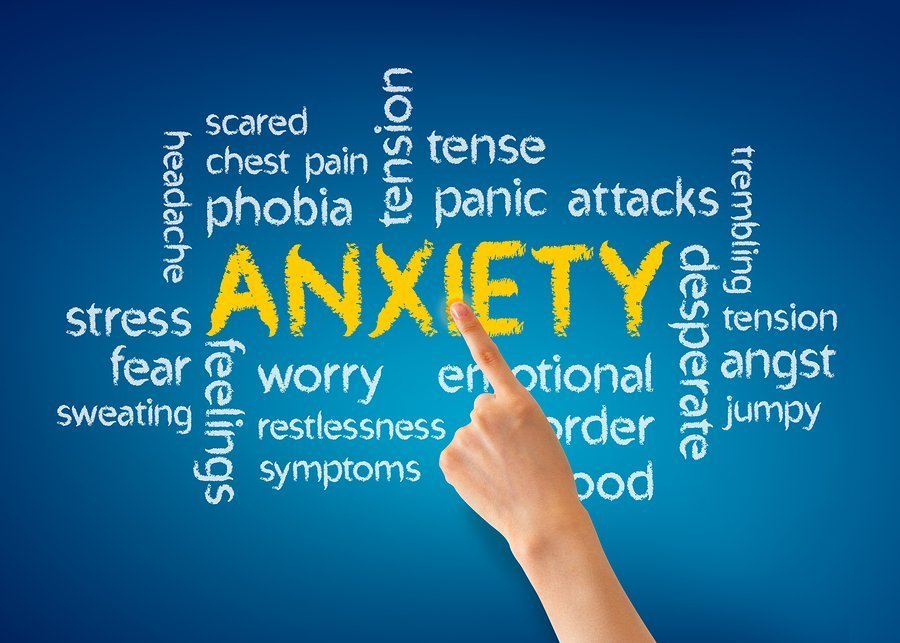Table of Contents
ToggleDialectical behavior therapy (DBT) is a proven therapy designed to alleviate stress, manage emotions, and enhance relationships.
It is a type of talk therapy that is based on cognitive behavioral therapy (CBT), with adaptations specifically for individuals who experience intense emotions.
Developed in the 1970s by Marsha Linehan, DBT focuses on acceptance of reality and changing unhelpful behaviors.
It is effective in treating conditions such as borderline personality disorder, eating disorders, self-harm, and substance use disorders.
DBT therapy involves finding a qualified therapist who is state-certified and licensed. It follows a structured approach consisting of four stages.
Throughout the therapy, individuals learn and practice various techniques and skills, including mindfulness, distress tolerance, interpersonal effectiveness, and emotion regulation.
Key Takeaways:
- DBT is a type of talk therapy based on CBT, adapted for individuals with intense emotions.
- It helps individuals accept reality, change unhelpful behaviors, and develop healthy coping skills.
- Conditions such as borderline personality disorder, eating disorders, self-harm, and substance use disorders can be effectively treated with DBT.
- Finding a qualified DBT therapist involves seeking referrals and ensuring state certification and licensing.
- DBT emphasizes mindfulness, distress tolerance, interpersonal effectiveness, and emotion regulation as key skills for improving mental health.
Understanding DBT and its Purpose
DBT is a type of talk therapy that helps individuals accept their reality and change unhelpful behaviors, using specific techniques and skills.
It is based on cognitive behavioral therapy (CBT) but has been adapted for those who experience intense emotions.
The purpose of DBT is to alleviate stress, manage emotions, and enhance relationships.
Unlike CBT, which focuses on changing negative thought patterns, DBT recognizes that accepting reality is an important aspect of personal growth.
It helps individuals develop new coping mechanisms and skills to handle challenging situations.
DBT techniques include mindfulness, distress tolerance, interpersonal effectiveness, and emotion regulation.
DBT can be highly effective in treating various mental health conditions, such as borderline personality disorder, eating disorders, self-harm, and substance use disorders.
When seeking a DBT therapist, it is important to find someone who is qualified and experienced.
Referrals from trusted sources, such as healthcare professionals, can be helpful.

Overall, DBT offers a comprehensive and evidence-based approach to psychotherapy.
Its positive outcomes and effectiveness in treating a wide range of mental health conditions have been well-documented.
Conditions Treated with DBT
DBT is effective in treating conditions such as borderline personality disorder, eating disorders, self-harm, and substance use disorders.
It offers a comprehensive approach that focuses on helping individuals develop healthy coping skills, regulate their emotions, and improve their relationships.
In treating borderline personality disorder (BPD), DBT aims to address the intense emotional experiences and difficulties individuals with BPD often face.
It helps them navigate the challenges of regulating emotions, managing impulsivity, and maintaining stable relationships.
For individuals struggling with eating disorders, DBT provides a supportive framework to address the complex relationship between emotions, thoughts, and behaviors surrounding food and body image.
DBT also offers valuable support for individuals struggling with self-harm and substance use disorders.
It provides individuals with alternatives to self-destructive behaviors, teaches healthier ways to cope with distress, and assists in developing a greater sense of self-worth and self-compassion.
| Conditions Treated with DBT | Summary |
|---|---|
| Borderline Personality Disorder | DBT helps individuals with BPD navigate intense emotions, manage impulsivity, and improve relationships. |
| Eating Disorders | DBT supports individuals in developing healthier coping mechanisms and fostering a positive relationship with food and their bodies. |
| Self-Harm | DBT provides alternatives to self-destructive behaviors, teaches healthier ways to cope with distress, and promotes self-worth and self-compassion. |
| Substance Use Disorders | DBT helps individuals address underlying emotional challenges, develop resilience, and support long-term recovery. |
Finding a DBT Therapist
When seeking a DBT therapist, it is important to obtain referrals and ensure they are state-certified and licensed.
DBT is a specialized form of therapy that requires practitioners to undergo specific training and obtain certification to provide effective treatment.
By choosing a therapist who is trained and certified in DBT, individuals can have confidence in the quality of care they will receive.
State certification and licensing are important factors to consider when choosing a DBT therapist.
This ensures that the therapist has met the necessary requirements and standards set by the state regulatory bodies.
It is essential to verify the therapist’s credentials and check if they are currently licensed and in good standing.

| Key Considerations When Finding a DBT Therapist: |
|---|
| Obtain referrals from trusted sources |
| Ensure the therapist is state-certified and licensed |
| Verify the therapist’s credentials |
| Consider attending training programs and obtaining certification |
The Four Stages of DBT Treatment
DBT treatment is structured into four stages, guiding individuals through a comprehensive process of personal growth and emotional regulation.
Each stage focuses on specific goals and targets, building upon the skills and knowledge learned in the previous stage.
The four stages of DBT treatment are:
| Stage | Focus | Goals |
|---|---|---|
| Stage 1 | Targeting Life-Threatening Behaviors | Reduce self-harm and suicidal ideation, develop safety plans |
| Stage 2 | Targeting Behaviors That Interfere with Therapy | Increase commitment to therapy, address self-sabotaging behaviors |
| Stage 3 | Targeting Quality of Life and Building Mastery | Set and achieve personal goals, enhance self-esteem |
| Stage 4 | Targeting Spiritual Goals and Achieving a Sense of Freedom | Explore personal values, find meaning in life, establish a sense of connectedness |

Incorporating Mindfulness in DBT
Mindfulness is a key component of DBT, teaching individuals to stay in the present moment and cultivate awareness of their thoughts and emotions.
It encourages nonjudgmental observation and acceptance of one’s experiences, allowing for a more balanced and compassionate perspective.
Through mindfulness practice, individuals develop the ability to observe their thoughts and emotions without becoming overwhelmed or reactive.
This awareness enables them to respond to challenging situations with greater clarity and self-control.
One of the techniques used in DBT to cultivate mindfulness is the “Three-Minute Breathing Space.”
This exercise involves focusing attention on the breath and observing the sensations and thoughts that arise, without trying to change or judge them.
It can be practiced throughout the day to anchor oneself in the present moment and reduce stress.

Distress Tolerance in DBT
DBT incorporates distress tolerance techniques to help individuals cope with distressing situations and emotions.
Distress tolerance skills are essential in managing intense emotions and preventing impulsive and harmful behaviors.
These skills enable individuals to tolerate distress without worsening the situation or resorting to destructive coping mechanisms.
One effective distress tolerance technique used in DBT is the STOP skill.
This skill encourages individuals to stop and take a step back when faced with distressing emotions or situations. It involves the following steps:
- Stop: Pause and take a moment to acknowledge the distressing situation or emotion.
- Take a step back: Physically and mentally distance yourself from the situation to gain perspective.
- Observe: Notice and observe your thoughts, emotions, and physical sensations without judgment.
- Proceed mindfully: Choose how to respond to the distressing situation mindfully and with intention.
These skills empower individuals to navigate difficult emotions and situations while maintaining their overall well-being.
Distress Tolerance Techniques in DBT
| Technique | Description |
|---|---|
| STOP skill | Utilizes the steps of STOP to pause, gain perspective, observe, and respond mindfully to distressing situations. |
| Self-soothing | Engaging in activities or practices that provide comfort and relief during moments of distress. |
| Radical acceptance | Accepting reality without judgment or resistance, allowing individuals to let go of control and find peace. |
| Wise mind | Combining emotions and logical reasoning to make wise decisions and navigate distressing situations effectively. |

These skills are essential for navigating social interactions, expressing needs and boundaries, and resolving conflicts effectively.
By learning and applying these techniques, individuals undergoing DBT can enhance their ability to establish and maintain positive connections with others.
Individuals are taught to assert their needs and wants clearly and respectfully, while also considering the needs and feelings of others.
This can help prevent misunderstandings and build trust in relationships.
DBT also focuses on effective negotiation and problem-solving skills, enabling individuals to find win-win solutions and maintain healthy boundaries.
By actively listening to others, individuals can show empathy and understanding, ultimately improving their communication and interpersonal relationships.
DBT also addresses interpersonal effectiveness in specific contexts, such as dealing with complex or conflictual relationships.
Techniques like the DEARMAN acronym (Describe, Express, Assert, Reinforce, Mindful, Appear confident, Negotiate) can help individuals navigate challenging conversations and assert their needs while maintaining the relationship.

The integration of these techniques, along with other core components of DBT, contributes to the overall effectiveness of this evidence-based therapy approach.
Emotion Regulation in DBT
DBT provides individuals with techniques and skills to effectively regulate their emotions, enabling them to manage intense emotional experiences.
One of the core strategies used in DBT for emotion regulation is called “opposite action.”
This technique encourages individuals to act in ways that are opposite to their current emotional state.
For example, if someone feels overwhelmed by anger, they may be guided to engage in activities that promote relaxation or positive emotions.
By practicing mindfulness, individuals can develop the ability to acknowledge and accept their emotions without being overwhelmed by them.
This can help prevent impulsive reactions and provide a foundation for making wise and balanced choices.

DBT also focuses on teaching individuals healthy coping skills to manage distressing emotions.
By incorporating these coping skills into their daily lives, individuals can learn to effectively regulate their emotions and reduce emotional suffering.
DBT Emotion Regulation Techniques
| Techniques | Description |
|---|---|
| Opposite Action | Acting in ways opposite to intense emotions to regulate emotional responses. |
| Mindfulness | Practicing being fully present and aware of emotions without judgment. |
| Coping Skills | Using techniques like deep breathing, muscle relaxation, and self-soothing to manage distressing emotions. |
Positive Outcomes and Evidence-Based Approach
DBT is a proven therapy with great results for many mental health issues. Studies consistently show that DBT helps reduce symptoms and boost well-being.
One study in the Journal of Consulting and Clinical Psychology found that people who got DBT had fewer thoughts of suicide, self-harm incidents, and hospital visits.
Another in the Archives of General Psychiatry showed it helped cut down binge eating and purging in those with eating disorders.
With DBT, folks get better at handling emotions and connecting with others, which makes relationships and life in general more satisfying.
Mindfulness, a big part of DBT, helps people be more aware of their feelings, thoughts, and actions.
This makes handling tough situations a lot easier. Also, learning how to tolerate distress helps folks deal with hard times without turning to harmful behaviors.
All in all, there’s a ton of evidence that DBT works wonders. It’s structured, focuses on accepting and changing, and gives people the skills they need to live happier, healthier live

| Mental Health Condition | Positive Outcomes |
|---|---|
| Borderline Personality Disorder | Reduced self-harm behaviors, improved emotional stability |
| Eating Disorders | Reduced binge eating and purging, improved body image |
| Substance Use Disorders | Reduced substance abuse, improved coping skills |
| Depression and Anxiety | Enhanced emotion regulation, reduced symptoms |
A Word from HealthyVibe
In wrapping up, Dialectical Behavior Therapy (DBT) stands out as a transformative tool for mental health.
Tailored for those grappling with intense emotions, it paves the way for better emotion regulation, stress relief, and strengthened relationships.
Rooted in Marsha Linehan’s groundbreaking work from the 1970s, its proven strategies like mindfulness and interpersonal effectiveness are supported by substantial research.
For anyone considering this therapy, remember the importance of choosing a state-certified and licensed DBT therapist. Embrace the journey towards mental wellness with the guidance of DBT.

What is Dialectical Behavior Therapy (DBT)?
Dialectical Behavior Therapy (DBT) is a type of talk therapy based on cognitive behavioral therapy (CBT) but adapted for individuals who experience intense emotions. It helps people accept their reality and change unhelpful behaviors.
What conditions can be treated with DBT?
DBT is effective for treating conditions such as borderline personality disorder, eating disorders, self-harm, and substance use disorders.
How do I find a DBT therapist?
Finding a DBT therapist involves getting referrals and ensuring they are state-certified and licensed.
What are the four stages of DBT treatment?
The four stages of DBT treatment are structured to help individuals progress in their therapy and develop the necessary skills for emotional regulation and improved well-being.
How does DBT incorporate mindfulness?
DBT incorporates mindfulness to help individuals stay present in the moment and develop awareness of their thoughts and emotions.
What is distress tolerance in DBT?
Distress tolerance in DBT refers to the skills individuals learn to cope with distressing situations and emotions effectively.
What is interpersonal effectiveness in DBT?
Interpersonal effectiveness in DBT focuses on improving communication and relationships with others through the development of specific skills.
How does DBT help with emotion regulation?
DBT teaches strategies and skills to regulate emotions effectively, helping individuals manage intense emotional experiences.
What are the positive outcomes of DBT?
DBT effectively treats a range of mental health conditions, and experts consider it an evidence-based psychotherapy approach with positive outcomes.











